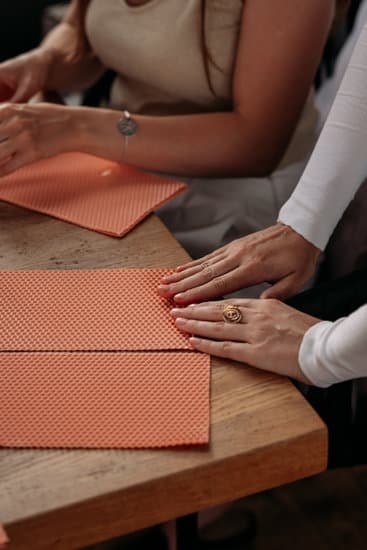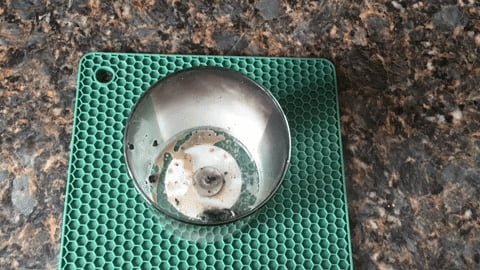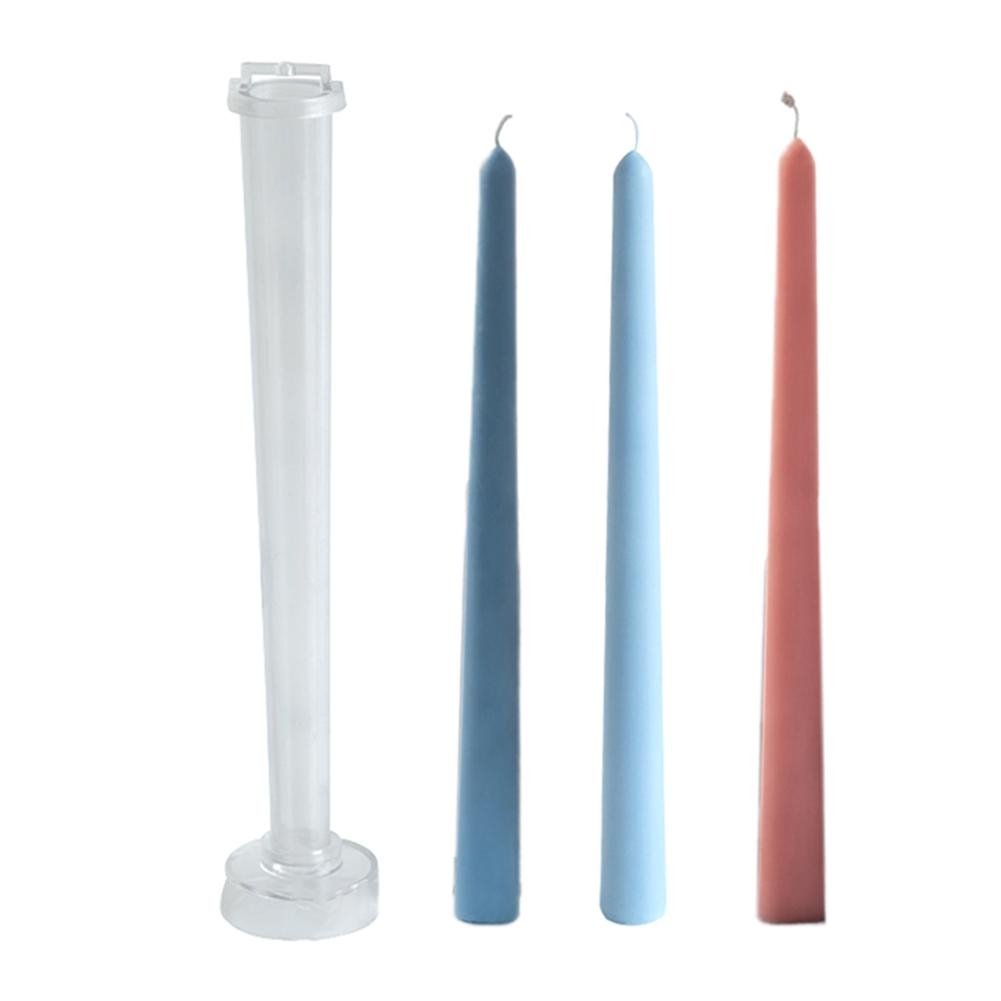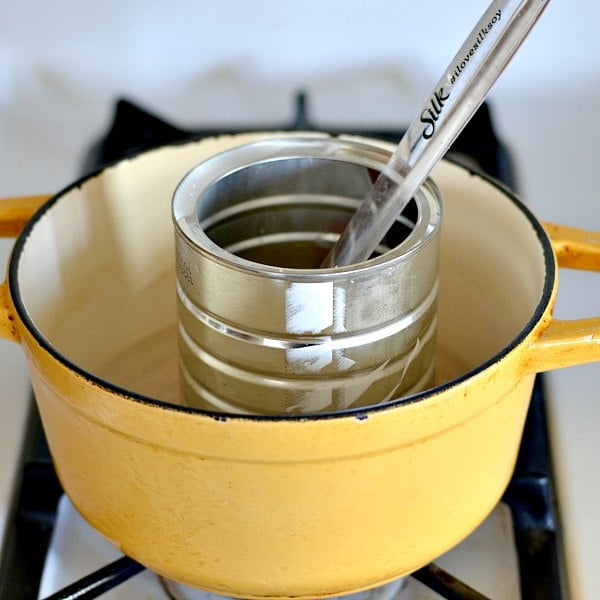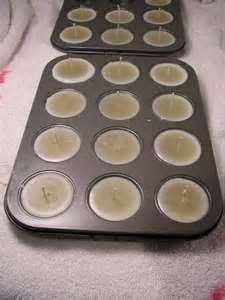Are you a passionate candle maker looking for the best candle wicks for your next project? Choosing the right candle wicks is crucial to ensure optimal burning performance and safety. In this article, we will delve into the world of candle making and explore the importance of selecting the best candle wicks for your creations. Whether you are using soy, beeswax, paraffin, or other types of wax, finding the perfect wick can make all the difference in your candles’ quality.
Candle making is both an art and a science, requiring careful consideration of various factors to achieve the desired results. One of the most important aspects of candle making is choosing the appropriate wicks for your candles. The type and size of the wick can significantly impact how your candles burn, including their fragrance throw, melting pool, and overall performance. Understanding the different types of candle wicks available and their effects on burning is essential for creating high-quality candles.
In this article, we will guide you through the process of selecting the best candle wicks for your specific candle making projects. We will discuss the factors to consider when choosing candle wicks, provide expert tips for testing and selecting the right wicks, as well as offer insights into properly trimming and maintaining them for optimal burning performance.
Whether you are a beginner or experienced chandler, understanding how to choose the best candle wicks is key to successful and safe candle making.
Understanding Different Types of Candle Wicks and Their Impact on Candle Burning
When it comes to candle making, the type of wick you choose can significantly impact the burning performance of your candles. Understanding the different types of candle wicks available and their impact on candle burning is crucial for anyone looking to create high-quality, long-lasting candles. The best candle wicks for candle making are those that are suited for the specific type of wax being used and the desired burn characteristics.
There are several types of candle wicks to choose from, each designed to produce a different flame size and burn rate. Some common materials used for candle wicks include cotton, wood, paper, and zinc. Cotton wicks are popular for their clean burning properties and ability to work well with a variety of wax types, while wood wicks create a cozy crackling sound when burned and are often used in soy or beeswax candles.
The impact of different types of candle wicks on candle burning is multifaceted. The size and composition of the wick can influence how evenly the candle burns, how much fragrance is released, and even how much soot is produced.
For example, a larger wick may create a larger flame that burns through the wax more quickly, while a smaller wick may result in a slower burn with less heat and fragrance release. Understanding these effects is essential for choosing the best candle wicks for your specific needs.
| Type of Wick | Effect on Candle Burning |
|---|---|
| Cotton Wicks | Clean burning properties; suitable for various wax types |
| Wood Wicks | Create crackling sound when burned; often used in soy or beeswax candles |
| Zinc Wicks | Sturdy and burn well with paraffin wax |
Factors to Consider When Choosing the Best Candle Wicks for Your Candle Making Project
When choosing the best candle wicks for your candle making project, there are several important factors to consider. The type of wick you choose can greatly impact the quality and performance of your candles. Here are some key factors to keep in mind when selecting the best candle wicks for your homemade candles:
- Candle Type: Consider the type of candle you are making, whether it’s soy, beeswax, paraffin, or another type of wax. Different types of candles may require different wicks for optimal burning.
- Wick Size: The size of the wick is crucial in determining how well your candle will burn. A wick that is too small may not create a sufficient flame, while a wick that is too large could cause smoking and soot build-up.
- Fragrance Load: If you are adding fragrance oils to your candles, you’ll need to consider the impact on wick performance. Heavily scented candles may require a larger wick to ensure proper burning.
- Candle Diameter: The diameter of your candle also plays a role in choosing the right wick size. Larger diameter candles will typically require bigger and thicker wicks to ensure an even burn.
Considering these factors when selecting the best candle wicks for your project will help ensure that your homemade candles burn cleanly and evenly.
It’s important to note that testing is crucial when choosing the best candle wicks for your specific project. Before committing to a particular type or size of wick, it’s recommended to conduct burn tests to determine which wick performs best with your chosen wax, fragrance load, and candle diameter.
By carefully considering these factors and conducting thorough testing, you can select the best candle wicks for your homemade candles, resulting in high-quality products with excellent burning performance.
Top 5 Recommended Candle Wicks for Different Types of Candles (Soy, Beeswax, Paraffin, Etc)
When it comes to candle making, choosing the right wick is crucial to ensure that your candles burn evenly and safely. Different types of candles, such as soy, beeswax, and paraffin, require specific wicks to achieve the best burning performance. In this section, we will explore the top 5 recommended candle wicks for different types of candles.
For soy candles, cotton core wicks are often preferred due to their ability to provide a clean and steady burn. They are designed to minimize mushrooming and soot, resulting in a longer-lasting candle with minimal maintenance. HTP (High Test Perfromance) wicks are also a popular choice for soy candles as they offer a consistent flame and excellent scent throw.
When it comes to beeswax candles, braided wicks made from natural fibers like cotton or hemp are highly recommended. These wicks have a sturdy construction that can withstand the dense texture of beeswax, ensuring a steady and even burn without producing any unwanted residues.
For paraffin candles, zinc core wicks are often considered the best option. These wicks have a rigid structure that prevents them from bending or leaning as the candle burns, resulting in an even and clean flame. They are also known for their ability to reduce carbon build-up and maintain stability throughout the entire burning process.
In addition to these recommendations, CD (Stabilo) wicks are suitable for various types of candles such as palm wax and gel wax due to their unique construction that promotes optimal burning performance. It’s important to consider the specific characteristics of each type of candle when choosing the best candle wicks for your candle making project.
Expert Tips and Tricks for Testing and Selecting the Perfect Candle Wicks
When it comes to making the best candles, selecting the right wick is crucial to achieving optimal burning performance. With so many different types of candle wicks available, it can be overwhelming to choose the best one for your specific candle making project. However, with some expert tips and tricks, you can confidently test and select the perfect candle wicks for your candles.
One important factor to consider when testing and selecting candle wicks is the type of wax you are using. Different waxes require different types of wicks in order to achieve a clean and even burn. For example, soy wax typically requires a different kind of wick compared to paraffin wax. It’s essential to understand the characteristics of your chosen wax and how they interact with various types of wicks.
Another helpful tip for testing and selecting the best candle wicks is to consider the diameter of your candles. The size of your candles will determine the size of the wick needed for proper burning.
A larger diameter candle will require a thicker or multiple wicks, while a smaller diameter candle may only need a thinner wick. By taking into account the size and shape of your candles, you can narrow down your options and find the most suitable wick for your project.
Additionally, it’s important to conduct burn tests when testing different types of candle wicks. Burn testing allows you to observe how each type of wick performs in terms of flame height, stability, smoke production, and overall burn quality.
This hands-on approach can provide valuable insight into which wick will work best for your specific candle making needs. By following these expert tips and tricks for testing and selecting the perfect candle wicks, you can ensure that your candles burn cleanly, evenly, and efficiently every time.
How to Properly Trim and Maintain Candle Wicks for Optimal Burning Performance
Candle wick maintenance is essential for ensuring optimal burning performance and safety in candle making. Properly trimmed and maintained wicks can help to prevent issues such as tunneling, soot buildup, and uneven burning. In this section, we will discuss the importance of trimming wicks, how to do it properly, and other maintenance tips for achieving the best results in your candle making projects.
Importance of Trimming Candle Wicks
Trimming candle wicks is crucial for maintaining a clean and even burn. When a wick is left too long, it can create a larger flame that burns hotter and faster, leading to wasted wax and potential safety hazards.
On the other hand, if the wick is too short, it may drown in the wax pool and cause the candle to extinguish prematurely. By regularly trimming your candle wicks to the appropriate length, you can promote a steady burn that maximizes the fragrance throw and longevity of your candles.
Proper Technique for Trimming Candle Wicks
To trim candle wicks effectively, you will need a sharp pair of scissors or wick trimmers. Ideally, the wick should be cut to approximately 1/4 inch before each lighting. This length allows for sufficient fuel (wax) to reach the top of the wick while also preventing excessive flickering or smoking.
It’s important to trim the wick while the wax is solidified but still warm to avoid creating excess debris or causing damage to the candle. Additionally, ensure that any trimmings are promptly removed from the wax pool to maintain a clean burning environment.
Other Maintenance Tips for Candle Wicks
In addition to regular trimming, there are other measures you can take to maintain optimal burning performance in your candles. For instance, after extinguishing a candle, it’s beneficial to gently straighten and reposition the wick while the wax is still liquid. This practice promotes an even burn and prevents mushrooming at the tip of the wick.
Furthermore, using high-quality materials such as cotton or wood-based wicks can contribute to a cleaner burn with minimal carbon buildup. By implementing these maintenance strategies, you can enhance both the aesthetic appeal and functional quality of your homemade candles.
By implementing proper trimming techniques and other maintenance practices outlined in this section, you can significantly improve burning performance and overall satisfaction with your homemade candles.
Common Mistakes to Avoid When Choosing and Using Candle Wicks
When it comes to candle making, choosing the right wick is essential for a successful and safe burning experience. However, there are common mistakes that many beginners make when selecting and using candle wicks. By being aware of these mistakes, you can avoid potential issues and create high-quality candles.
Here are some common mistakes to avoid when choosing and using candle wicks:
1. Ignoring the type of wax: Different types of wax require different types of wicks for optimal burning performance. For example, soy wax may work best with cotton wicks, while paraffin wax may require paper or wood wicks. It’s crucial to consider the type of wax you are using before selecting a wick.
2. Choosing the wrong size: Selecting the right size wick is crucial for proper candle burning. Using a wick that is too small can lead to tunneling, where the candle burns down the center and leaves excess wax on the sides. On the other hand, using a wick that is too large can cause excessive smoking and sooting.
3. Neglecting to test burn: Before finalizing your choice of wick for a specific candle, it’s important to conduct test burns. This involves burning a small sample of the candle with different wick options to observe their burning performance. This step is essential for determining which wick will provide the best results for your specific candle making project.
By avoiding these common mistakes and taking the time to select and test the best candle wicks for your candles, you can ensure a successful and enjoyable candle making experience. Remember to consider factors such as wax type, size, and proper testing in order to achieve optimal burning performance for your homemade candles.
Conclusion
In conclusion, selecting the best candle wicks for your candle making project is crucial for achieving successful and safe results. With the wide variety of candle wicks available in the market, it can be overwhelming to choose the right one for your specific type of candle. However, by considering factors such as the type of wax, size of the container, and desired burn time, you can narrow down your options and find the perfect wick for your needs.
When it comes to different types of candles such as soy, beeswax, paraffin, etc. it’s important to understand how each type of wick can impact burning performance. For instance, a cotton wick may be suitable for soy candles while a paper cored wick might be better suited for paraffin candles. By understanding these nuances and conducting thorough testing, you can confidently select the best candle wicks for your specific candle making project.
In addition to choosing the right candle wicks, it’s equally important to properly trim and maintain them for optimal burning performance. Regularly trimming the wick to the recommended length and taking proper care of it will ensure a clean and even burn every time.
By following expert tips and tricks for testing and selecting the perfect candle wicks, as well as avoiding common mistakes in their usage, you can achieve outstanding results in your candle making endeavors. Remember that with careful consideration and attention to detail, you can create high-quality candles that provide a beautiful and safe burning experience.
Frequently Asked Questions
What Are the Best Wicks to Use for Candles?
The best wicks to use for candles are typically made of cotton or wood. Cotton wicks are a popular choice because they burn steadily and are widely available in various sizes. Wood wicks, on the other hand, offer a crackling sound and visual appeal.
Is Cotton or Hemp Wick Better for Candles?
When it comes to deciding between cotton and hemp wick for candles, it ultimately depends on personal preference. Both materials have their own distinct qualities. Cotton wicks tend to create a consistent flame, while hemp wicks are known for their eco-friendly properties and ability to resist mushrooming.
What Type of Candle Wick Lasts Longest?
The type of candle wick that lasts the longest is usually one that is made of braided cotton or linen. These types of wicks have been found to provide a slower burn rate, leading to an extended candle life compared to other materials like paper or zinc core wicks.

Welcome to my candle making blog! In this blog, I will be sharing my tips and tricks for making candles. I will also be sharing some of my favorite recipes.

